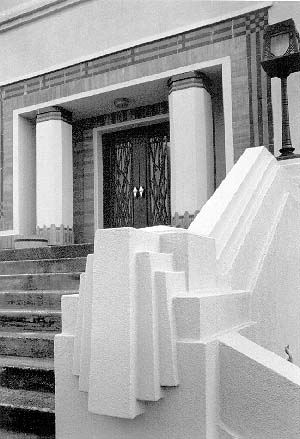This was one show I didn’t want to miss in Paris, even though it wasn’t a part of the Mois or the PHoto-Off, and like a number of others organised by photographers, its opening hours were fairly restricted, although the bonus of such things is that often this is because the photographers themselves will be invigilating there.
I’d already checked with his partner Nicole that she and Gilles would be present on Friday afternoon, and I knew that Linda would both be interested in the work and the issues it raises and would welcome an opportunity to talk to Gilles about it.

Photographies Récentes was showing from 18 Oct -28 Nov on Fridays and Saturdays in the Batiment des Douches in rue Legouvé in the 10e, close to the canal, and a short Metro ride and walk from the previous show we had visited at the Cité des trois fushias. Other than me getting the map up the wrong way and making a short sally in exactly 180 degrees the wrong direction (easily done at night and when street signs are nowhere to be seen) there were no problems in finding the location, and we walked in to be greeted by Nicole and Gilles.

Le Batiment des Douches, rue Legouvé
I first met Gilles Perrin and his partner Nicole Ewenczyk when they came to show me work at Rhubarb-Rhubarb in Birmingham and I was very impressed by the quality of Gilles’s large format black and white images and the dignity of those sitting for him. I wrote about his work fairly recently on here on >Re:Photo and so I won’t say much here. Most of the prints were similar to those I’d seen before, but they had one that was printed as a very large wall hanging, and it really made it come to life dramatically. Nicole says it was printed by one of the best printers in Paris, and it certainly looked great.
We spent some time talking about the work and the people shown in the pictures and their way of life, as well as the logistical and political problems involved in photographing them. I found it hard to follow the conversation – which was in French – in detail, but most of the things I’d talked about before with them. But at least it gave me time to stand their and enjoy the pleasure of looking at a fine print.
Before we knew it, it was time for the exhibition to close at 18h, and, with a quick look at another show upstairs (which wasn’t my kind of photography at all) we hurried away to view yet another show.




















